MotoGP
Blame it on the weatherman
It’s either too hot or too cold, too dry or too wet; the conditions can never be to everyone’s liking. Whereas we might be mildly annoyed about a cancelled barbecue, a missed trip to the swimming pool, or a stuffy office, victory or defeat in the million-euro business that is MotoGP can often be down to the vagaries of the weather. There is nothing fundamentally new about this – there have always been riders or bikes which have produced peak performance on wet surfaces while others have seen their chances go down the drain.
However, it is not just the difference between a dry and a wet track that turns the 2017 MotoGP form book on its head, but also simple temperature differences. The motorcycles from Honda, Yamaha and Ducati – which are all currently capable of winning races – each have their strengths and weaknesses in different weather conditions, and the riding styles of the individual contestants accentuate them.
Even though the dramatic impact of the meteorological conditions on the 2017 world championship makes exceptional demands on the riders, on the teams, and on DHL as the Official Logistics Partner to the MotoGP, all concerned are putting in a supreme effort to make this season one of the best in the history of the series. On that score, there is for once general agreement and satisfaction in the paddock. But this harmony always dissipates when the weather next flexes its muscles.
Yamaha’s cold sweat of fear in the heat
The weather sensitivity of the 2017 MotoGP generation has been seen at its starkest in the Yamaha bike. Two races this season were sweltering encounters – the Grand Prix events on Spanish soil in Jerez and Barcelona. With the track surface registering well above the 50°C mark, Maverick Vinales and Valentino Rossi were unable to find any grip at all and lost significantly more than 20 seconds to the ultimate victors – an embarrassing deficit.
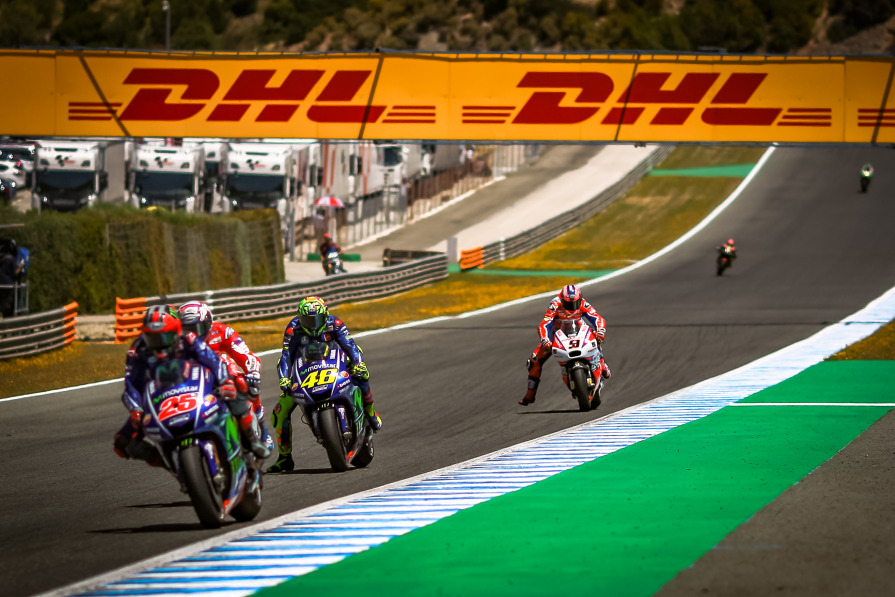
A curious turnabout in fortunes, because Rossi had won the equivalent fixtures in the previous year under similar conditions. However, Yamaha had only themselves to blame. The engineers at Hamamatsu had modified the characteristics of the bike during the winter break, hoping to reduce tire wear and thereby boost performance in the latter stages of a race.
They essentially achieved their objective, but only under the right conditions, because the 2017 Yamaha understeers significantly more than its predecessor. Not a problem when good grip prevails, but if the track surface starts to melt in extremely high temperatures, this feature of the bike becomes a nightmare for Rossi and Vinales. They try to steer their motorcycles with additional throttle, which causes their tires to heat a lot faster than would have happened with the 2016 model – a vicious circle.
Dovizioso keeps his cool
These are problems that leave Ducati rider Andrea Dovizioso completely cold. He won the race in Barcelona that caused Yamaha such grief. But why was that? Because he does not have to gain time by murdering his tyres on the turns. He corners at a sedate pace and then exploits the superior engine power of his Ducati on the straights. By having the best-preserved tires on the final laps, it is then easy for him to break the resistance of his opponents.

So what happens when the temperatures are at the other extreme? They, too, have taken their toll in the 2017 season, and one victim stands out from all the rest – Dani Pedrosa. The diminutive Catalan is the lightest rider in the field, tipping the scales at just 50 kilos, which means he can only bring that amount of weight to bear on the tires and therefore generates less heat in them. If the ambient temperatures are low, or if water on the track sucks even more heat from the rubber, Pedrosa’s tires do not even get into their ‘working window’ - the temperature range that facilitates optimum grip. As Pedrosa himself explains, he finds himself competing in a different class to the rest of the field.
Drivers’ championship table:
1. Marc Marquez (Repsol Honda),129 points
2. Maverick Vinales (Movistar Yamaha), 124 points
3. Andrea Dovizioso (Ducati Team), 123 points
4. Valentino Rossi (Movistar Yamaha), 119 points
5. Dani Pedrosa (Repsol Honda), 103 points
At the halfway mark in the 2017 MotoGP, Marc Marquez, Maverick Vinales, Andrea Dovizioso and Valentino Rossi are all within ten points of each other, with Pedrosa 26 points adrift but still in contention. The second half of the campaign is going to be tighter than in any previous season. It may not end up decided by teams and riders alone, but by the conditions under which they compete. And it won’t be any good moaning about it, either.

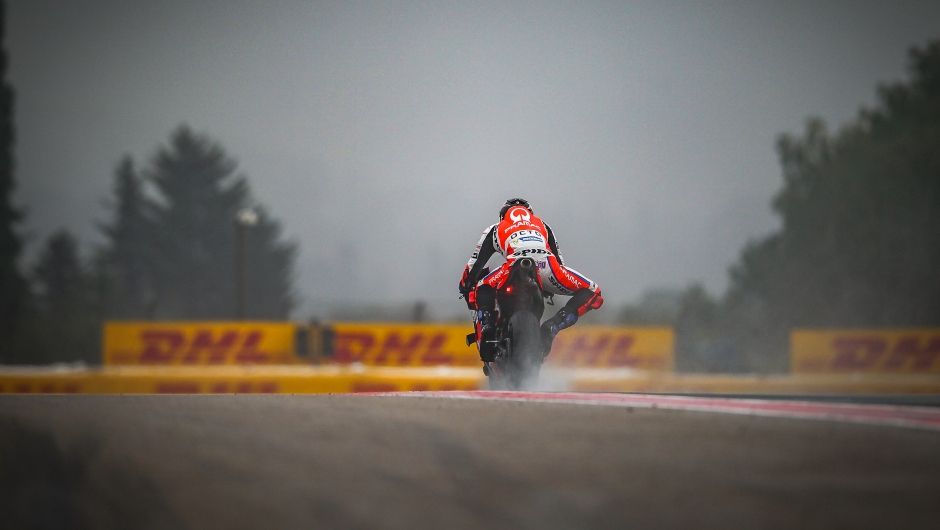
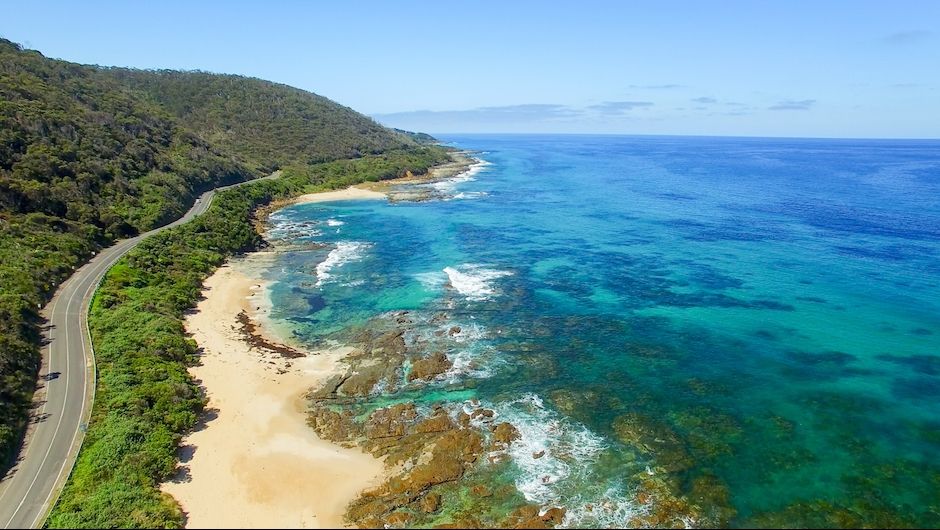
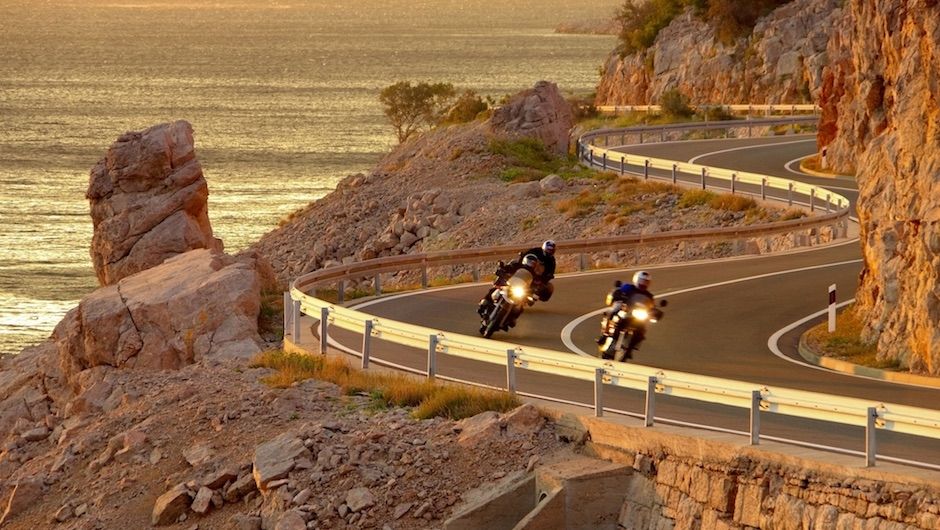
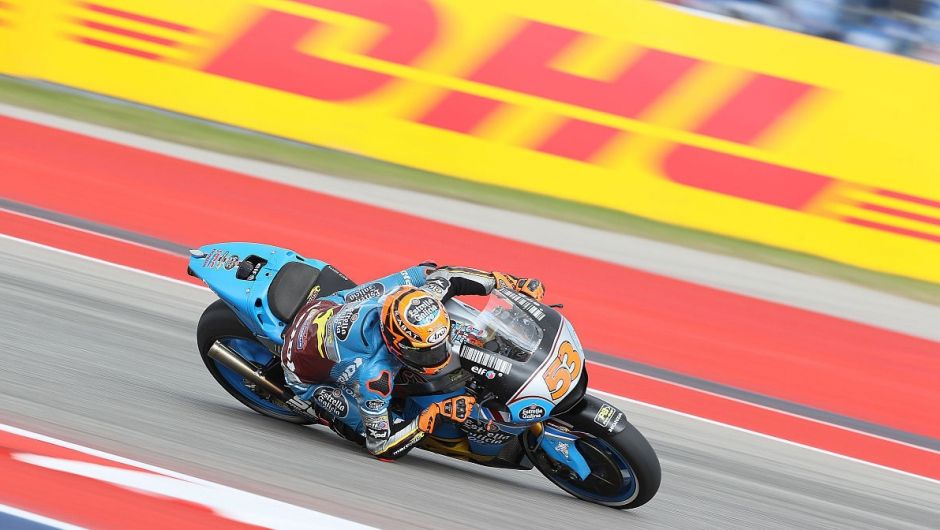

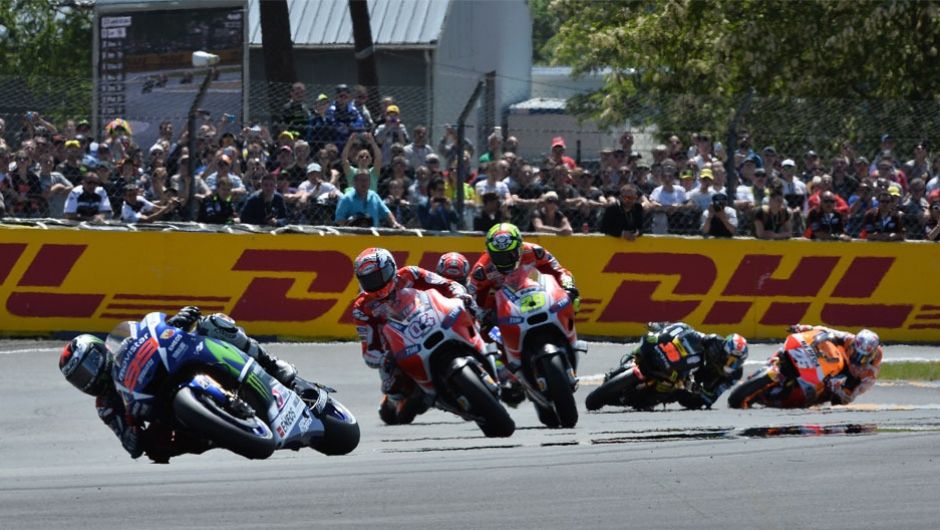
Content from disqus has been blocked because you did not allow to load it.
Loading the blocked content will adjust your privacy setting and content from this service will not be blocked in the future.
You have the right to revoke or change your decision at any time.
Posting Guidelines
All communications on Logistics of Things should be appropriate for a professional community, respecting the diverse views of individuals from different backgrounds. We will review all comments and reserve the right to terminate or restrict access to user's account and to delete any content posted through it, without notice and at our discretion, if we deem it to be overly promotional, offensive, or off topic.
All posting become property of DHL.